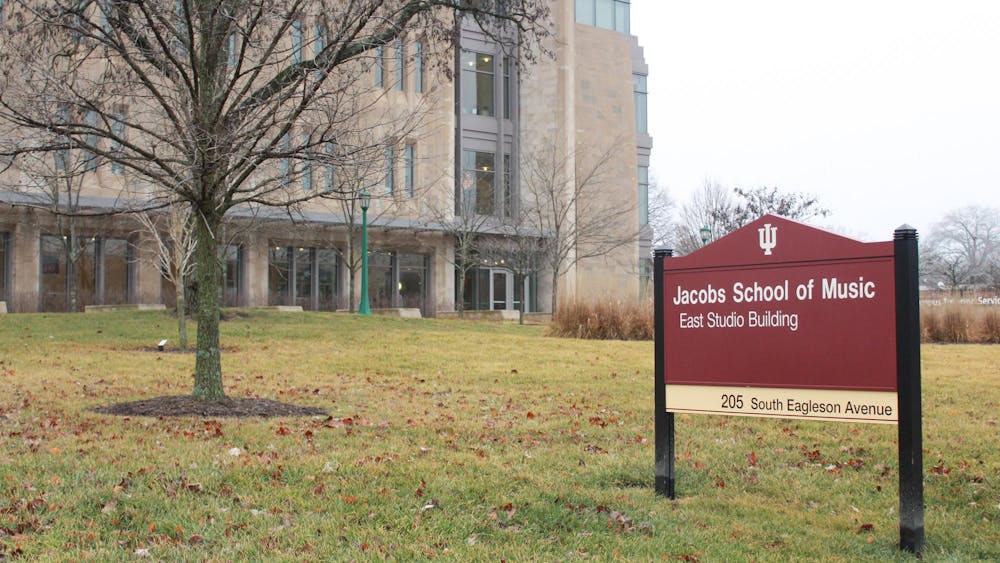While sitting in a dorm room one day, a student could decide to travel to Paris. He or she blasts off into the stratosphere, and within seconds, can gaze over the Eiffel Tower, the Louvre Pyramid or any other Paris landmark.\nThe launching point is a computer. The vessel, the virtual globe program Google Earth.\nGoogle Earth, developed in 2004, combines satellite and aerial images with mapping capabilities to create a three-dimensional map of the globe. The photographs do not function in real time but were taken over the past three years and are periodically updated, according to the program's Web site.\nWhile Google Earth is free to download, users have to pay for two upgraded versions of the product: Google Earth Plus, which adds GPS device support and faster performance; and Google Earth Pro, which is meant for professional and commercial use.\nAnnual subscriptions for the Plus and Pro versions cost $20 and $400, respectively.\n"You can just find the most random stuff (using Google Earth)," said Helen Long, a freshman majoring in speech and hearing sciences. "You can zoom in and see any feature you want, and you can zoom out and see the world." \nGoogle Earth's features extend beyond its mapping software. Users can access information on businesses, get driving directions and add information such as photographs and restaurant reviews to "placemarks" -- the program's method of highlighting landmarks and other points of interest -- around the globe.\nHowever, Google Earth's interactive qualities make it vulnerable to inaccurate information.\n"It does provide a way for anyone to mark up information," said Filippo Menczer, an associate professor of informatics and computer science at IU. "But that's the nature of it. People have to use their judgment of the source and the reliability of the source." \nThe program has also sparked controversy. Several national officials have expressed concern that terrorists could use the detailed photographs of military installations and government buildings to plan attacks. Menczer said he does not see the reasoning behind the concern. \n"As far as I know, the information available through mapping surface and mapping databases is publicly available," Menczer said. "I don't think it provides any information to terrorists and other criminals that would not be available if they wanted it." \nAerial depictions of people's residences have also received criticism. Sophomore biochemistry major Kenneth Tussey, however, said he doesn't think this program is a threat. \n"If you know where their house is, what's the difference between driving there and looking at it on Google Earth?" Tussey said. \nOther search engines are also vying for prominence in the mapping software industry. Microsoft, for example, recently unveiled detailed 3-D imagery for its Virtual Earth program. \n"I think there's a lot of competition between the major search engines ... in mapping software," Menczer said. "There's money to be made. The competition will be healthy"
Mapping program uses 3-D images
Get stories like this in your inbox
Subscribe





